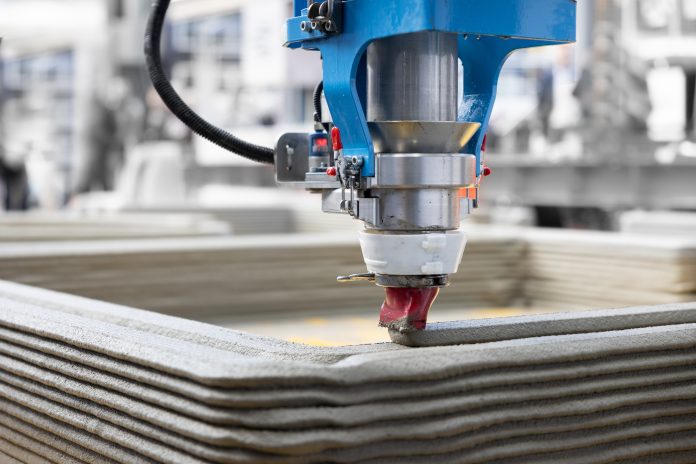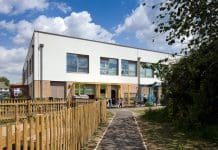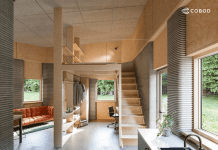In the midst of the ongoing humanitarian crisis in Ukraine, Team4UA are building new schools via 3D printing construction in Ukraine
This 3D printing construction initiative aims to tackle the lack of schools in war-affected regions of Ukraine, offering essential learning facilities for children in need.
The second phase of construction in Lviv is a ground-breaking development in 3D printing technology. The project is set to become the largest single-story educational structure globally, constructed entirely by an on-site 3D construction printer.
Construction will take around five weeks, reaching completion by early June 2023. An additional school building is intended to accommodate 100 students and is scheduled to be operational by January 2024.
Ukraine’s educational infrastructure has been severely damaged
The conflict has left over two thousand schools damaged and 330 completely destroyed. There has been a substantial decline in school attendance and academic performance, highlighting the urgent need for new educational facilities.
The war has also led to various delays and disruptions caused by materials and goods shortages affecting deliveries. These have meant project costs have overrun and changes have been made to the scope of many projects.
To address these issues, the Ukrainian government has forged partnerships with multiple 3D printing companies to develop innovative and cost-effective solutions for constructing new schools.
3D printing construction is fast and cost-effective
Using 3D printing technology, the construction process will become faster and more cost-effective, all while ensuring stringent safety and quality standards are upheld.
“The school construction project, based on 3D printing technology, is aimed at providing access to education to children affected by the full-scale war in Ukraine and creating an inclusive space for internally displaced children in Lviv. Ruined schools and other educational institutions deprive the young generation of the opportunity to get a quality education, which can negatively impact their and the state’s future,” said Jean-Christophe Bonis, who founded Team4UA.
“Innovative solutions will help to overcome this problem now, many times faster and more efficiently,” he added.
Providers for the project include COBOD, a Danish 3D construction company, and 3DCP Group, a Danish construction company responsible for managing the printer’s operations on-site.
CEMARK, a subsidiary of CRH company, supplies the cement required for the 3D printing concrete mix. The architectural concept for the project was developed by Balbek Bureau, an architecture and interior design studio founded by Slava Balbek and Borys Dorogov. The engineering concept was crafted by Ars Longa architectural bureau.














